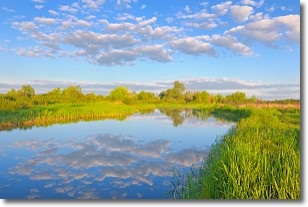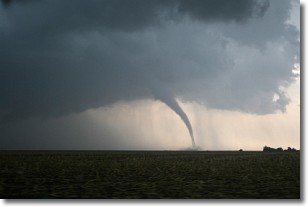Weather Alert in Iowa
Red Flag Warning issued May 10 at 2:05PM CDT until May 11 at 10:00PM CDT by NWS Sioux Falls SD
AREAS AFFECTED: Lyon; Osceola; Sioux; Lincoln; Lyon; Murray; Cottonwood; Nobles; Jackson; Pipestone; Rock; Beadle; Kingsbury; Brookings; Gregory; Jerauld; Sanborn; Miner; Lake; Moody; Brule; Aurora; Davison; Hanson; McCook; Minnehaha; Charles Mix; Douglas; Hutchinson; Turner; Lincoln; Bon Homme; Yankton; Clay; Union
DESCRIPTION: ...FIRE WEATHER WATCH IN EFFECT FROM MONDAY AFTERNOON THROUGH MONDAY EVENING FOR WIND AND LOW RELATIVE HUMIDITY FOR SOUTHEAST SOUTH DAKOTA...SOUTHWEST MINNESOTA...AND FAR NORTHWEST IOWA... The National Weather Service in Sioux Falls has issued a Red Flag Warning for wind and low relative humidity, which is in effect from 11 AM to 10 PM CDT Sunday. The Fire Weather Watch Sunday is no longer in effect. Another Fire Weather Watch has also been issued. This Fire Weather Watch for wind and low relative humidity is in effect from Monday afternoon through Monday evening. * AFFECTED AREA...In Iowa, Lyon, Osceola and Sioux. In Minnesota, Lincoln, Lyon, Murray, Cottonwood, Nobles, Jackson, Pipestone and Rock. In South Dakota, Beadle, Kingsbury, Brookings, Gregory, Jerauld, Sanborn, Miner, Lake, Moody, Brule, Aurora, Davison, Hanson, McCook, Minnehaha, Charles Mix, Douglas, Hutchinson, Turner, Lincoln, Bon Homme, Yankton, Clay and Union. * WINDS...South 20 to 30 mph with gusts 35 to 45 mph, strongest west of U.S. Highway 81 toward central South Dakota. * RELATIVE HUMIDITY...As low as 15 percent. * IMPACTS...Any fire that develops will catch and spread quickly. Outdoor burning is not recommended.
INSTRUCTION: A Red Flag Warning means that critical fire weather conditions are either occurring now, or will shortly. A combination of strong winds, low relative humidity, and warm temperatures can contribute to extreme fire behavior. A Fire Weather Watch means that critical fire weather conditions are forecast to occur. Listen for later forecasts and possible Red Flag Warnings.
Want more detail? Get the Complete 7 Day and Night Detailed Forecast!
Current U.S. National Radar--Current
The Current National Weather Radar is shown below with a UTC Time (subtract 5 hours from UTC to get Eastern Time).

National Weather Forecast--Current
The Current National Weather Forecast and National Weather Map are shown below.

National Weather Forecast for Tomorrow
Tomorrow National Weather Forecast and Tomorrow National Weather Map are show below.

North America Water Vapor (Moisture)
This map shows recent moisture content over North America. Bright and colored areas show high moisture (ie, clouds); brown indicates very little moisture present; black indicates no moisture.

Weather Topic: What are Stratocumulus Clouds?
Home - Education - Cloud Types - Stratocumulus Clouds
 Next Topic: Stratus Clouds
Next Topic: Stratus Clouds
Stratocumulus clouds are similar to altocumulus clouds in their
fluffy appearance, but have a slightly darker shade due to their additional mass.
A good way to distinguish the two cloud types is to hold your hand out and measure
the size of an individual cloud; if it is the size of your thumb it is generally
an altocumulus cloud, if it is the size of your hand it is generally a
stratocumulus cloud.
It is uncommon for stratocumulus clouds to produce precipitation, but if they do
it is usually a light rain or snow.
Next Topic: Stratus Clouds
Weather Topic: What are Wall Clouds?
Home - Education - Cloud Types - Wall Clouds
 Next Topic: Altocumulus Clouds
Next Topic: Altocumulus Clouds
A wall cloud forms underneath the base of a cumulonimbus cloud,
and can be a hotbed for deadly tornadoes.
Wall clouds are formed by air flowing into the cumulonimbus clouds, which can
result in the wall cloud descending from the base of the cumulonimbus cloud, or
rising fractus clouds which join to the base of the storm cloud as the wall cloud
takes shape.
Wall clouds can be very large, and in the Northern Hemisphere they generally
form at the southern edge of cumulonimbus clouds.
Next Topic: Altocumulus Clouds
Current conditions powered by WeatherAPI.com




